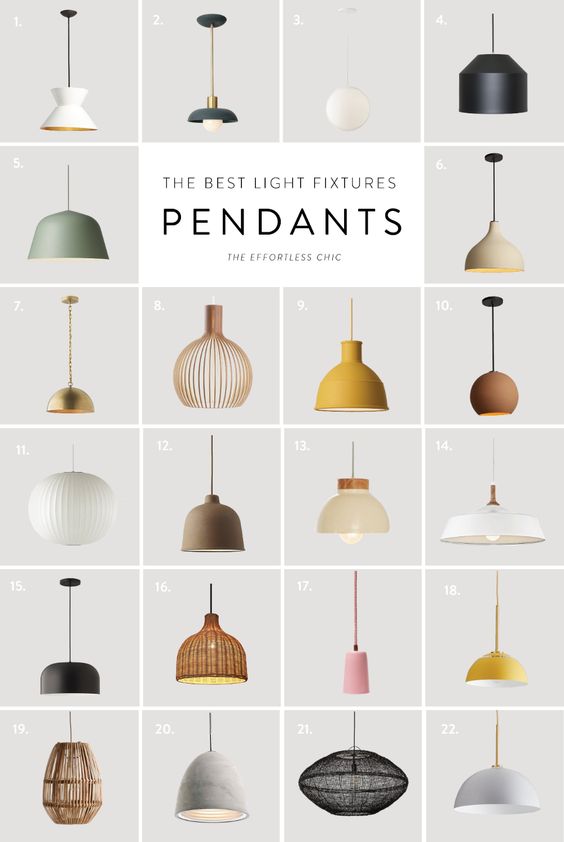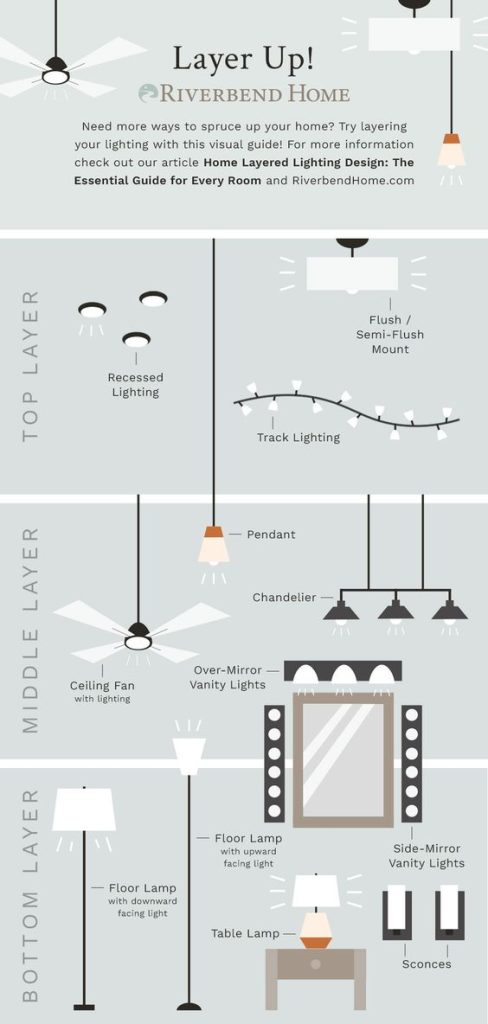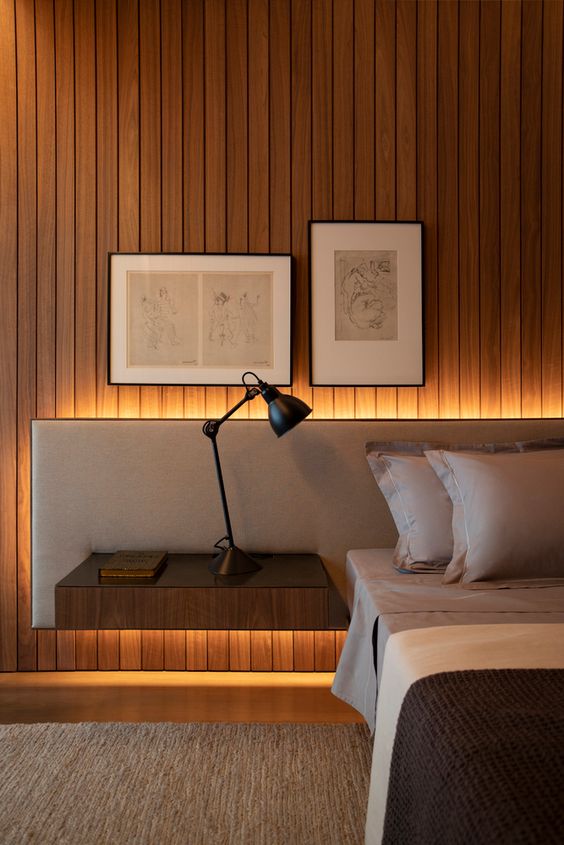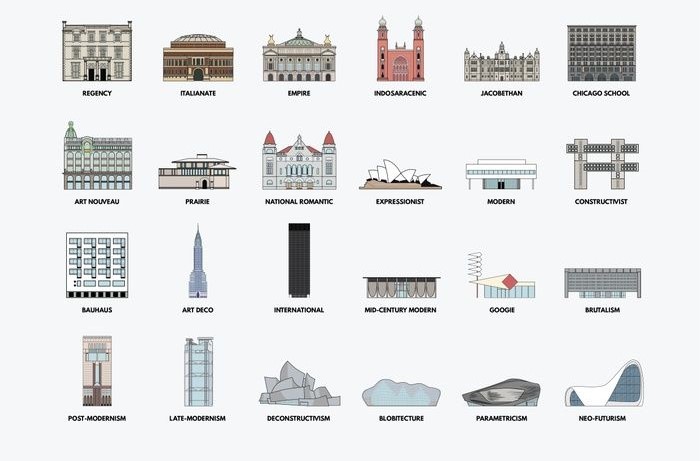How to Choose the Right Lighting Fixtures for Your Interior: Illuminating Your Space Effectively

Choosing the right lighting fixtures for your home isn’t just about brightening dark corners; it’s a delicate balance of form, function, and flair that can utterly transform any space. Effective lighting goes beyond the practicality of visibility, influencing the ambiance, mood, and even the perceived size of a room. With the myriad of options available, navigating the world of interior lighting can seem daunting. Yet, the payoff of a well-lit room is undeniably worth the effort. Let’s embark on a journey to illuminate the possibilities and guide you to make enlightened decisions for your space.
Understanding Different Types of Lighting
To master the art of interior lighting, one must first understand the three primary types of lighting that work in harmony to beautify and functionalize a space:
- Ambient Lighting: This is your room’s main source of light, often coming from ceiling fixtures, chandeliers, or recessed lighting. It sets the overall tone of a space, providing a comfortable level of brightness without overpowering.
- Task Lighting: As the name suggests, task lighting focuses on areas where specific tasks are performed. This could be under-cabinet lighting in the kitchen for cooking, a desk lamp for reading, or vanity lights in the bathroom for grooming.
- Accent Lighting: This type of lighting is all about drama and aesthetics. It’s used to highlight architectural features, artwork, or key pieces of furniture, creating visual interest and drawing the eye to specific areas.
By combining these lighting types, you can create a layered look that adds depth and dimension to your interiors. Now, let’s delve deeper into how to tailor these lighting choices to your room’s purpose, enhancing both functionality and style.
Considering the Room’s Purpose
Each room in your home serves a different purpose, and understanding this is key to choosing the right lighting. Here’s how to illuminate common areas effectively:
- Living Room: The heart of the home, where ambient lighting is crucial. Opt for a mix of floor lamps, overhead lights, and wall-mounted fixtures to create a versatile space. Task lighting near seating areas is perfect for reading or hobbies.
- Kitchen: Task lighting takes precedence here, especially over countertops, sinks, and cooking areas. Under-cabinet lights can provide focused illumination without shadows. Ambient lighting can be achieved with overhead lights, while pendant lights over an island add style and additional light.
- Bedroom: A place for relaxation, the bedroom lighting should be soft and soothing. Ambient lighting can come from flush mounts or ceiling fans with lights, while bedside lamps offer task lighting for reading. A dimmer switch can help adjust the light to suit different moods and times of the day.
- Bathroom: Bright, even lighting is important for grooming tasks. Consider sconces or vertical lights on either side of the mirror to eliminate shadows on the face. A central ceiling fixture can provide ambient lighting, enhancing the overall brightness and feel of the space.
The Style Factor
Lighting fixtures are not just functional; they’re also decorative elements that can complement or enhance your interior design style. Whether your home exudes a modern, traditional, minimalist, or industrial vibe, there’s a lighting solution to match:
- Modern: Look for fixtures with clean lines, geometric shapes, and metallic finishes. Think sleek pendant lights or recessed lighting for a clutter-free aesthetic.
- Traditional: Choose fixtures with ornate details and warm finishes like brass or bronze. Chandeliers with crystal accents or lampshades with rich textures can add a classic touch.
- Minimalist: Simplicity is key. Opt for fixtures with minimal design, neutral colors, and functional form. Recessed lighting and simple pendant lights work well in minimalist spaces.
- Industrial: Exposed bulbs, metal finishes, and vintage designs characterize industrial lighting. Look for pendant lights in metal shades or floor lamps with an aged look to add character to your space.
Size and Placement Matters
The right size and placement of lighting fixtures can dramatically affect a room’s ambiance and functionality:
- Choosing the Right Size: A common rule of thumb for chandeliers or pendant lights is to add the room’s length and width in feet, and that number in inches should be the diameter of your light fixture. For example, a 12×12 room would suit a 24-inch wide fixture.
- Effective Placement: Consider the task and accent lighting needs of each space. In the living room, place floor lamps beside reading chairs or sofas. In the kitchen, ensure that task lights illuminate work surfaces without casting shadows.

Energy Efficiency and Lighting Control
Opting for energy-efficient lighting fixtures not only reduces your carbon footprint but can also save on your energy bills. LED lights are a popular choice, offering long life spans and lower energy consumption. Additionally, incorporating dimmers and smart controls can enhance the flexibility of your lighting, allowing you to adjust the brightness according to the time of day or desired mood.
Selecting the right lighting fixtures is a crucial aspect of interior design that can enhance the beauty, functionality, and ambiance of your home. By understanding the different types of lighting, considering the purpose of each room, matching the style of your decor, choosing the correct size, and opting for energy-efficient options, you can create a space that is both inviting and illuminating.
We’d love to hear your thoughts or questions on lighting up your home. Share your experiences in the comments or reach out for personalized advice on making your space shine. Remember, the right light can transform any room into a masterpiece of comfort and style.


